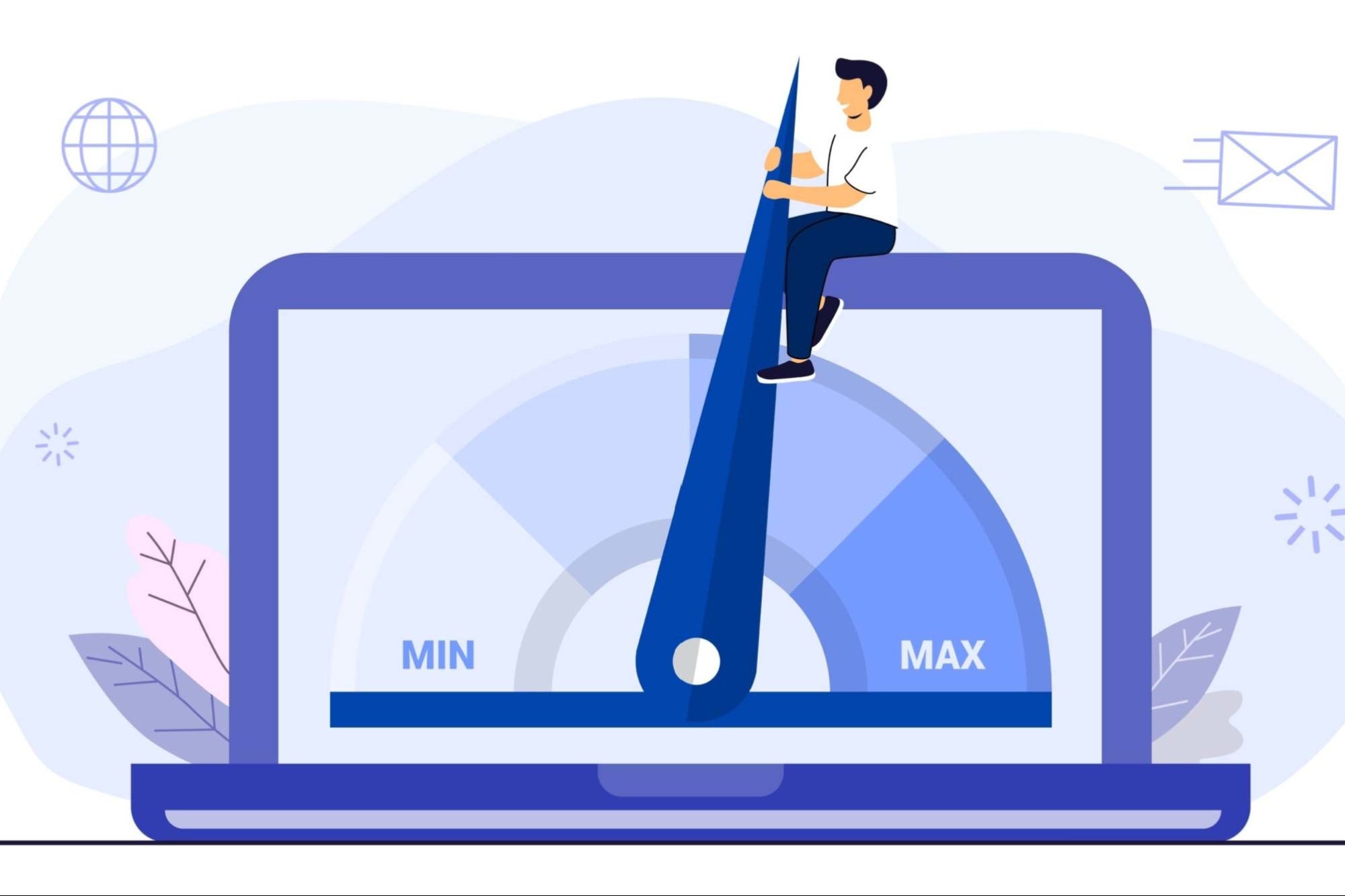Let’s say you’re excited about a new product you found while shopping online. But as soon as you click through to buy something, the page starts to load… and load… and load. It takes what seems like hours, and you get more and more angry until you finally give up and close the tab. This happens all too often and brings up an important but forgotten part of doing business online: website speed.
Website speed is the silent killer of business performance, a factor that can significantly deter potential customers. Studies have shown that even a one-second delay in page start time can make people much less likely to buy. Every second that a customer has to wait makes them less patient and more likely to give up on their buy altogether. Users are annoyed by websites that load slowly, and these sites can also hurt a business’s image, which can cause customers to stop coming back and lose money. These days, speed is a sign of quality and efficiency, so making sure your website is fast is very important.
There is a way for businesses that are having these problems to get better. Professional web design services can make a huge difference in how fast your website loads. This will help you get new customers and keep the ones you already have, which will improve the overall performance of your business.
Understanding Why Your Website Is Slow:
Figuring out why your website might be slow is important for making it run faster and giving users a better experience. In today’s fast-paced digital world, the user experience (UX) is king. A smooth UX is important for keeping users interested and turning trips into sales. People expect websites to load quickly these days because people’s attention spans are getting shorter and shorter. Any delay can make people angry, and when that happens, businesses lose sales because potential customers go to rivals’ websites that load faster and respond better.
Additionally, website speed is important for search engine optimisation (SEO) as well as being something that users want in a modern website. Site speed is something that big search engines like Google use to decide how to rank sites. It can be hard for potential customers to find your business if your website loads slowly. It can get hidden under pages of search results. This is where the skills of a responsive web designer come in handy to make sure that your online presence is not only seen but also competitive. If you ask, “Why is my website so slow?” or “Why is my website slow? “, the solutions are usually images that aren’t optimised, too many HTTP requests, or code that is too big. A professional can help you get rid of all of these things to make your site run faster.
The Cost of a Slow Website:
A website that loads slowly can cost you a lot of money. Loss of sales is directly linked to slow load times, which means real money is lost—every second counts for companies, especially those that do business online. If there is a delay, bounce rates—the number of visitors who leave after only visiting one page—can go up. Not only do high return rates hurt sales, but they also hurt your site’s SEO.
A slow website can also hurt the reputation of your business. In this day and age, a site that loads quickly is often seen as trustworthy and professional. On the other hand, a site that loads slowly might be seen as old or unreliable. To keep a good reputation and get and keep people, businesses need to put speed first.
To judge how well your site is doing, you need to know what a good website speed score looks like. A start time of two to three seconds is usually fine, but faster is always better, especially when it comes to improving the user experience and increasing sales.
Also read: Future-proof your website: 10 design trends for 2024!
How To Fix a Slow Website:
Figuring out where the slow spots are on a website is the first thing that needs to be done to fix it. To measure website performance effectively, tools like Google PageSpeed Insights provide comprehensive insights, allowing you to identify specific areas that need improvement. By closely monitoring these metrics, you can make informed decisions to optimise your website and ensure it performs at its best in a competitive digital marketplace. These tools are necessary for any skilled web designer who wants to make their sites load faster.
Image optimisation is essential because websites often load more slowly because of large photos that aren’t optimised. Image compression and shrinking are two techniques that can greatly cut down on load times without lowering the quality of the images. Additionally, reducing the number of HTTP requests your site makes – by combining files where possible and utilising caching strategies – can also enhance speed.
Another technical strategy involves minifying code and leveraging browser caching. Minifying code involves removing unnecessary characters from your website’s code without changing its functionality. Browser caching stores elements of your site on users’ devices, which speeds up load times on subsequent visits. Lastly, employing a Content Delivery Network (CDN) can drastically improve website speed by hosting your site’s data on multiple servers around the world, thus reducing the distance data travels to reach users.
Invest in Speed for Long-Term Success:
Optimising website speed is an investment in your business’s future. It’s not a one-time fix but an ongoing process that offers extensive long-term benefits. A faster website not only enhances user engagement but also boosts your SEO, potentially leading to higher traffic and increased sales.
Happier customers lead to a thriving business. By investing in website speed, you’re not just improving a technical statistic — you’re enhancing the overall customer experience, leading to greater customer satisfaction and loyalty. Whether through hiring the best web design company or continuously optimising your site with the latest speed-enhancing technologies, the commitment to speed is a commitment to your business’s success in the digital marketplace.
Also read: Learn from the mistakes: Why UK startup websites fail?
Conclusion:
Taking the initiative to test your website’s speed and identifying potential bottlenecks is the first step towards achieving a faster, more efficient online presence. Implement the optimisation tips discussed, such as leveraging browser caching, minifying code, and using a CDN to significantly improve your website’s performance. For further assistance, consider exploring additional resources and guides on website speed optimisation that can offer deeper insights and more advanced strategies.
Remember, website speed is not just a technical detail; it’s a crucial investment in your online business’s success. A fast-loading website enhances user experience, improves SEO rankings, and boosts customer satisfaction, directly contributing to your business’s growth and profitability. Start optimising today to ensure your website performs at its best, meeting the high expectations of modern consumers and setting your business apart in the competitive digital marketplace. To further enhance user experience, explore why your website needs to adopt responsive design to give users a great experience. Responsive design adjusts your website’s layout to match the screen size and orientation of the device being used to view it, ensuring that your site is accessible and user-friendly across all devices.


